Lately I’ve been having conversations with nonprofits about board development. From job descriptions to strategic recruiting to ongoing training, board development is critical to your nonprofit. Your board should be your biggest advocates, and if it’s an all-volunteer organization, your board serves as your core staff.
So how do you go about getting the right board members to help your organization meet its strategic objectives?
Job Descriptions. This is key. A job description allows you and potential board members to be on the same page on expectations from both sides. BoardSource and The Bridgespan Group have great templates that you can customize to fit your organization.
Conduct a Board Audit. To recruit strategically, you need to understand your strengths and weaknesses of your current board. Are you missing a key demographic group? Do you have board members with critical expertise like financial management? This AFP white paper can be a good guiding document in assessing your current board.
Get Rid of Dead Weight. I have seen new board members come onto a board with new energy and ideas to only be shut down and shut out by board members that no longer helpful to the organization. They are creating a toxic environment. Those new board members also see other members that don’t contribute (financially, meeting attendance, engagement, etc.), which enforces the idea that they don’t have to contribute either. Clean up your board before you bring on new members.
Have an Honest Conversation. Board recruitment is sort of like dating. You should go out to coffee or lunch with a prospective board member and get to know them. What are they passionate about? How much do they know about your organization? Lay out the expectations of board members. Be honest about the opportunities that your organization has to grow/improve. Don’t play Old Maid with your board by which I mean don’t hide your “Old Maid” (your major challenge(s) – financial troubles, decreasing program quality, etc.) until the unsuspecting member joins. It’s not professional and people won’t stick with your organization if they feel roped into this without full knowledge.
Orientation and Ongoing Training. All board members should go through orientation. This can be as long or formal as your organization needs. National Council of Nonprofits has a sample agenda. BoardSource has additional resources. But don’t leave your board members to find their own way throughout their term. Continue giving them training and resources to help them do their jobs better!
Is there anything else you’ve successfully added to help build your board?
